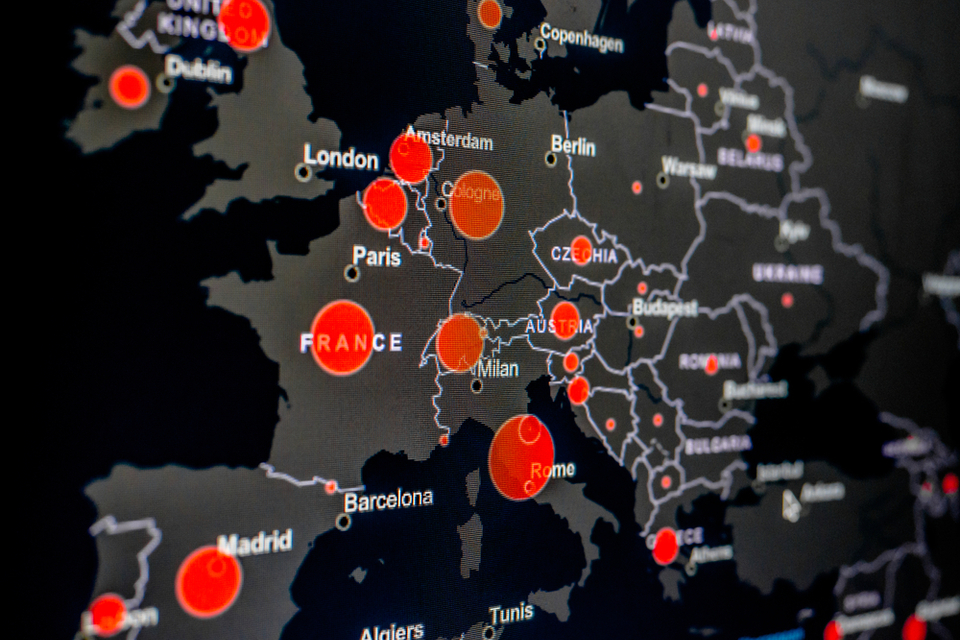On Friday, Google started publishing users’ locations in an attempt to help public health officials gauge the effectiveness of social distancing.
Governments across the world are turning to digital surveillance and smartphone technology to track the COVID-19 pandemic.
For example, visitors arriving from overseas into Hong Kong have to wear a tracking bracelet. In Singapore, a team of dedicated digital detectives is actively monitoring those living under quarantine.
In what may be the strictest move, China gave people smartphone codes that display the colors green, yellow, and red. This indicates where citizens can go and where they’re not allowed to reach.
In the United States, technology firms have started sharing anonymized smartphone data to track the outbreak. Now Google has joined that list of companies.
On Friday, the search engine giant will report users’ movement in 131 countries on an exclusive website.
In a blog post announcement, the Google execs wrote:
Starting today, we’re publishing an early release of our COVID-19 Community Mobility Reports to provide insights into what has changed in response to work from home, shelter in place, and other policies aimed at flattening the curve of this pandemic.
Here’s how it works.
Publishing Users’ Locations in the Community Mobility Reports
According to Google, the reports show movement trends over time by geography using aggregated, anonymized, set of data from users.
However, such users must have turned on the Location History settings on their smartphone — which is off by default. That means smartphone users can choose not to contribute to the report, or opt-out whenever they want.
Community Mobility Reports cover several categories of places. Along with parks, transit stations, workplaces, and residential, the report also includes retail and recreation as well as groceries and pharmacies.
It shows the trend over several weeks, with the most recent information being 2 to 3 days prior. Although the data will feature percentage points increase or decrease to these areas, Google says it won’t share the absolute number of visits.
To protect privacy, the tech company also says the report won’t contain personally identifiable information at any point. The company further assured that it’s using an anonymization technology to keep activity data private and secure.
“These reports will be available for a limited time,” says Google. “So long as public health officials find them useful in their work to stop the spread of COVID-19.”


















Comments (0)
Most Recent